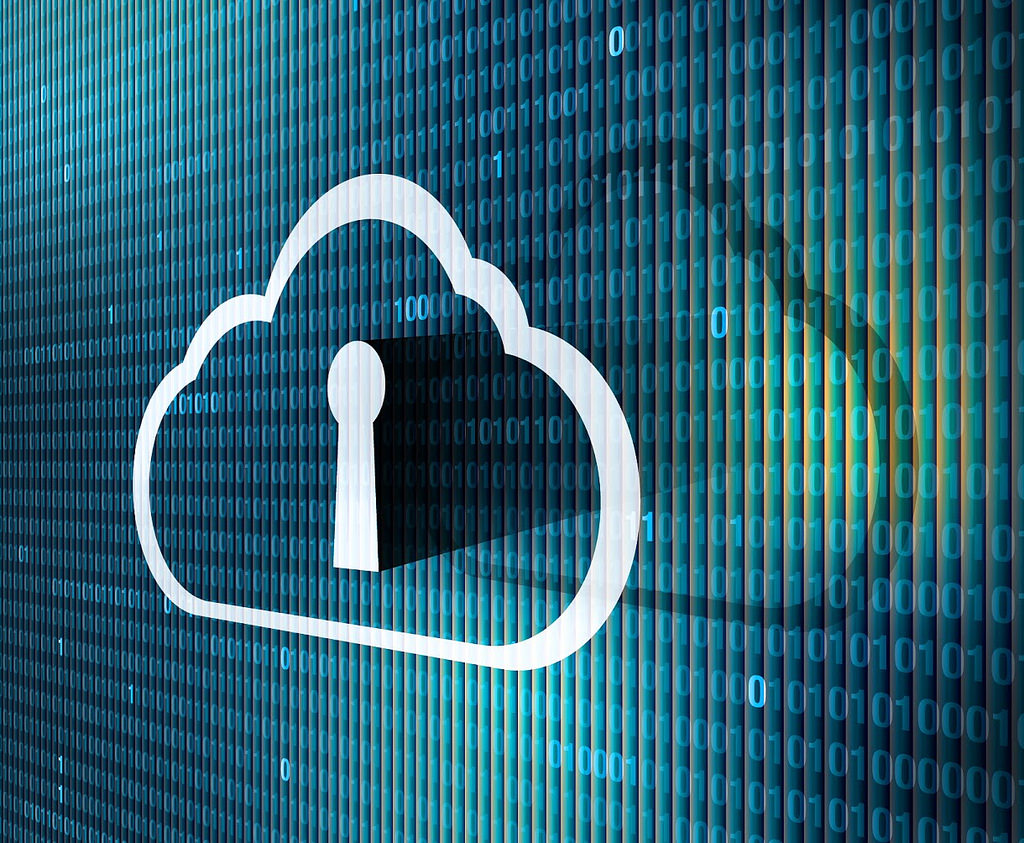
With a constant stream of cyber threats targeting your devices, most people are not concerned about the ins and outs of particular malware but simply want to know how to get rid of it. This guide will help you block, discover and get rid of malware affecting your device.
1. Prevention
The first and most obvious step to avoiding a malware attack is to never receive it in the first place. This means all of the cyber security technology basics, such as firewalls and threat intelligence.
It also means basic cyber security hygiene, which means being prepared for the kinds of threats that you yourself might invite onto your device. For example, being able to recognise a phishing attack will prevent you from accidentally downloading a malware.
Avoiding websites that don’t use the https protocol is a fairly easy step that will make your general internet browsing much safer. In addition, you should be wary of all online advertising, as the platforms are being increasingly used to serve ‘malvertising’.
It is also important to control what software you download onto your PC or mobile device, regardless of the sites that you visit. Avoid third party app stores and when downloading applications or software, make sure that you verify the publisher first.
2. Discovery
Discovering malware is generally best left to professionally designed tools. There are many products that can scan a PC or mobile device automatically for malware.
Rather than having to actively run a scan, these tools can churn away in the background and only trouble you with a notification if they find something.
You may not even need to pay for a malware scanner, as there are free apps such as Malwarebytes or Symantec Mobile Security Agent available from Google Play and the App Store.

3. Deletion
This is the hard part, since unfortunately not all malware is removable.
The automatic scanning apps and tools mentioned above usually have built in tools for quarantining or removing threats.
Ransomware as a malware category, which encrypts all files on a device until the victim pays a certain amount of money, has seen a staggering rise recently. According to Kaspersky Lab’s Q1 malware report, the company’s experts detected 2,900 new malware modifications during the quarter, an increase of 14 per cent on the previous quarter.
Many companies have found themselves forced to pay ransoms simply because there is no way of undoing the encryption. The only other way to unlock the device is to perform a factory reset, freeing it of ransomware but also of all the files stored on the device. This makes frequent back-ups a must.
With other non-generic malware, such as the recent incidences of Dynamer discovered by McAfee, deletion may require a complex command. Often cyber security companies will publish commands to delete the malware that they themselves discover.







